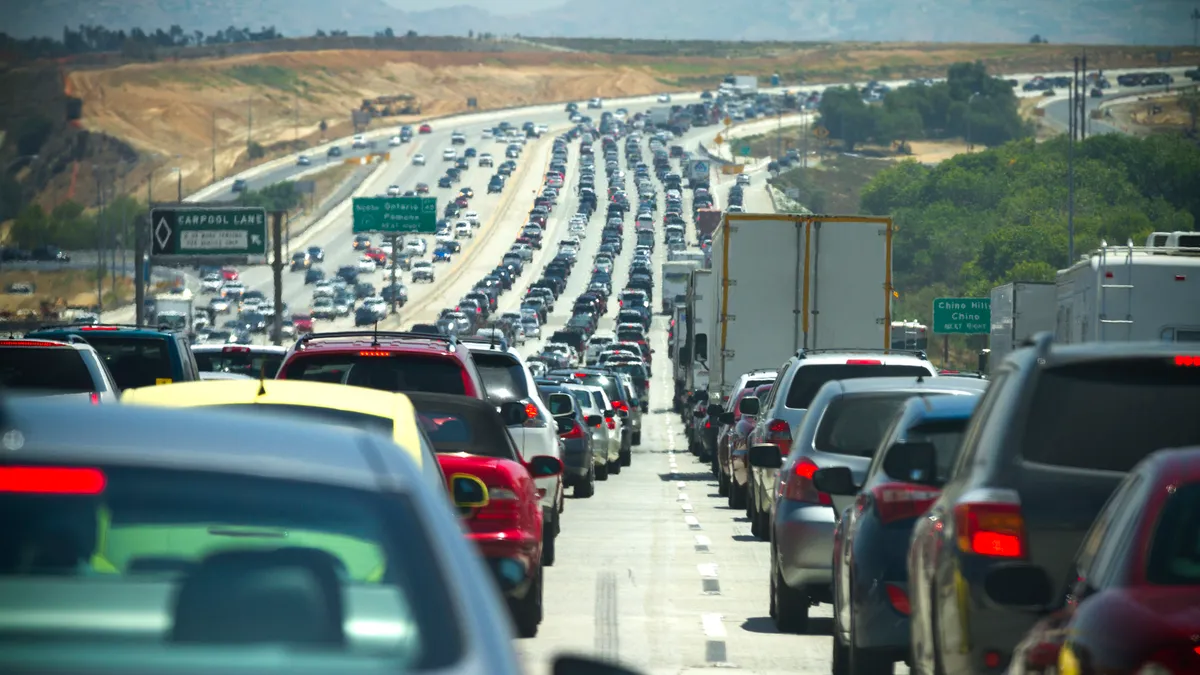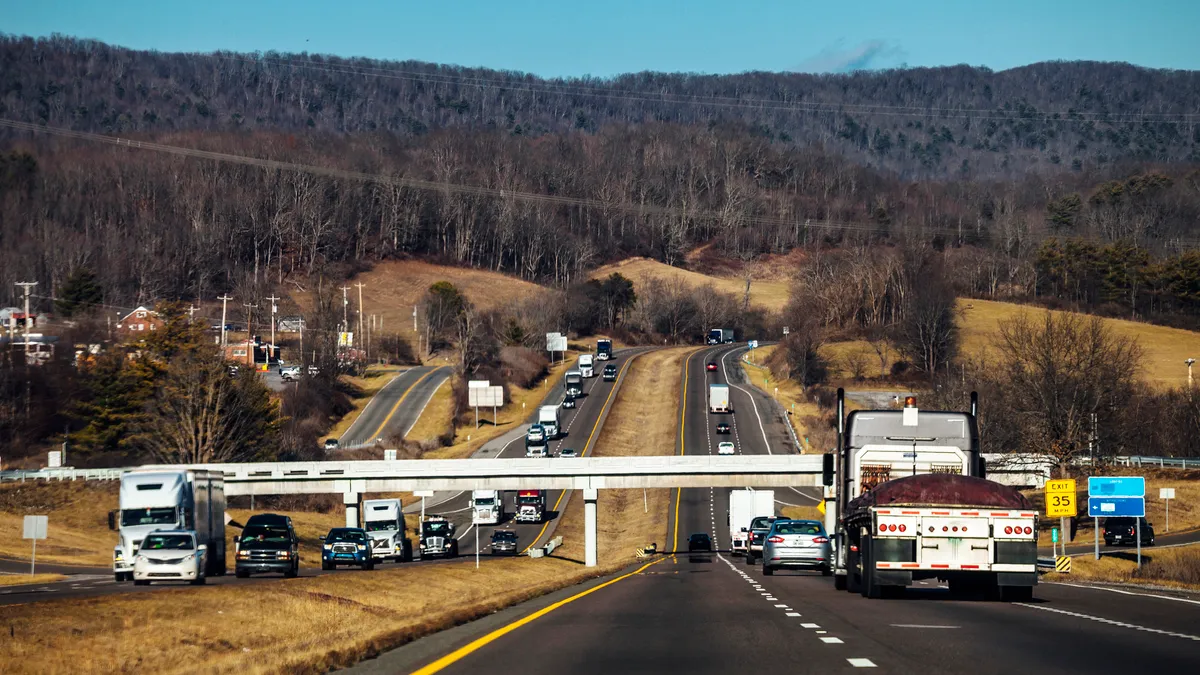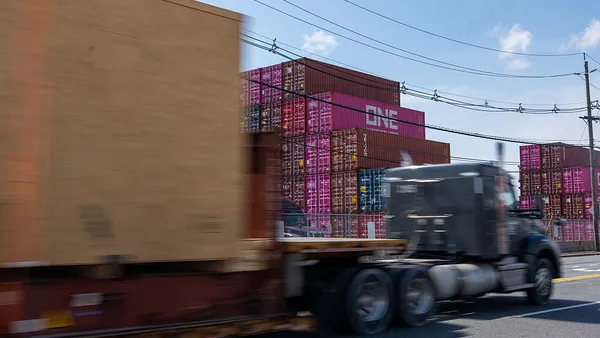Multiple carriers are reporting rising insurance and claims costs that are hurting margins.
The higher costs are adding pressure to trucking firms’ difficult quarters amid a downturn, with carriers such as Heartland Express and Knight-Swift Transportation Holdings noting challenges.
Prior to closing a deal to acquire U.S. Xpress Enterprises on July 1, 2023, Knight-Swift's insurance and claims cost rose 37% YoY to $275 million in H1, up from $200 million.
The company reported operating losses of $22.8 million in Q1 and $15 million in Q2 for its Iron Insurance business, which provides third-party services. In explaining the issue, the carrier cited the effects of smaller carriers having difficulty in paying premiums, CEO and President Dave Jackson said on Q1 and Q2 earnings calls.
The company also noted “negative developments within our self-insured retention limits on certain large prior year insurance claims totaling $8.5 million pre-tax, primarily related to an unfavorable jury verdict” in the beginning of 2023, according to a Q1 securities filing.
Other carriers didn’t have as high of an uptick as Knight-Swift did in H1 compared to the previous year. An insurance and claims line item in H1 for Werner Enterprises and J.B. Hunt Transport Services only increased by less than 7% and less than 1%, respectively, compared to 2022.
Not all carriers faced surge in safety-related expenses in 2023
Heartland Express insurance and claims nearly doubled in the first half of 2023, but its fleet size grew with acquisitions of Smith Transport and Contract Freighters assets. That has allowed it to reduce per-unit insurance costs, but the carrier still noted rising premiums in recent years, including 2023.
“We expect that insurance premiums will continue trending upward,” the company said in its annual report.
Meanwhile, the carrier made a three-year renewal in April, raising the upper limit of its policies from $60 million to $80 million, according to securities filings.
Rate increases part of more than decade-long trend
At the same time insurance policies continue to rise as part of a 12-year history of increases.
Commercial auto insurance premiums rose 8.3% in Q1 and 10.4% in Q2, according to a trade association report from The Council of Insurance Agents & Brokers. The increase marked the 50th consecutive quarter of rising premiums.
A variety of market forces can affect rates, including nuclear verdicts and settlements, according to Monte King, principal at Commercial Insurance Associates. The American Transportation Research Institute defines those as large verdicts typically involving an amount over $10 million.
But mere location of a business, regardless of an adverse legal outcome, can also affect carriers.
“Geographically a company can be domiciled in an unfavorable legal venue and have higher premiums than another entity with the exact same operation in the next state over,” King said in an email.
He further noted that regular routes in and through problematic areas will likely influence premiums. Traffic lanes, compliance, drivers and auto accidents can make a difference, too.
How lawsuits can burden a carrier's costs
Ryder is mostly self-insured, and depending on how claims proceed, the company can notch multimillion-dollar gains or losses in this area each year.
In 2020, the company had a loss of $18 million, followed by a gain of $6 million and benefit of $25 million in 2022 due to claims, Ryder said in an annual report.
Expenses can also come from merely facing issues in court. In November 2020 on U.S. Highway 59 near Houston, driver Keith D. Perry and a tractor-trailer driver collided while both were driving westbound, according to a legal complaint filed in June 2021.
Multiple companies, including Ryder System subsidiary Ryder Truck Rental, were accused of negligence.
Although Ryder owned the truck that another company was renting, the company didn’t employ the driver, who wasn’t contracted by or an agent of the company, Ryder said in a court filing. The South Florida-based logistics and transportation provider denied the allegations of negligence and further suggested the plaintiff was at fault.
After years of litigation, the plaintiff reached a settlement agreement with the suit’s business defendants and driver, the plaintiff’s lawyer said in a court document filed Aug. 11.
With this self-insurance system, the company uses statistical and actuarial methods to estimate the claims it will face, incorporating factors such as frequency and severity of claims, the company said in its annual report. But its estimates can further be impacted by medical costs and the “unpredictability of the size of jury awards.”













